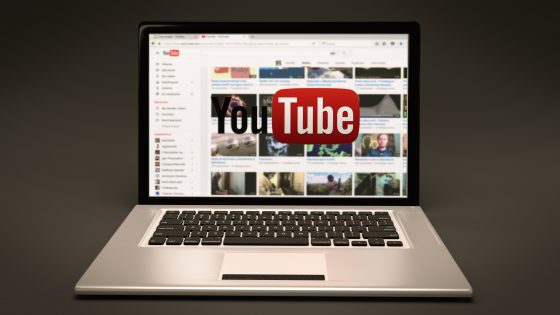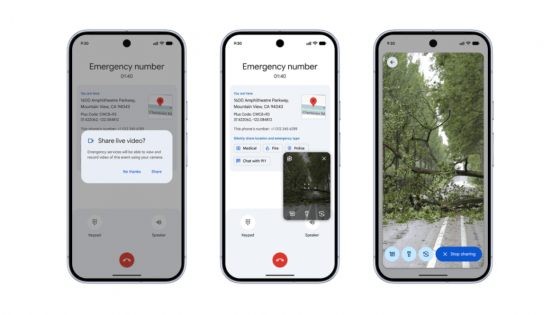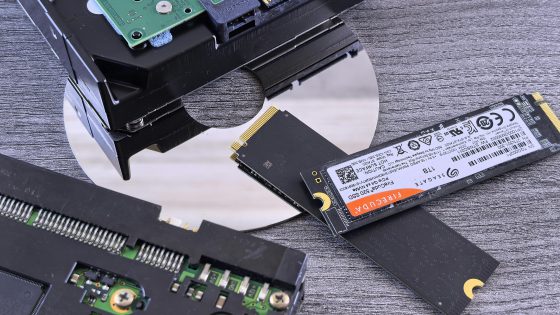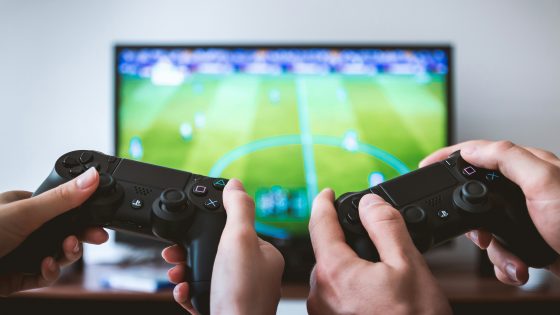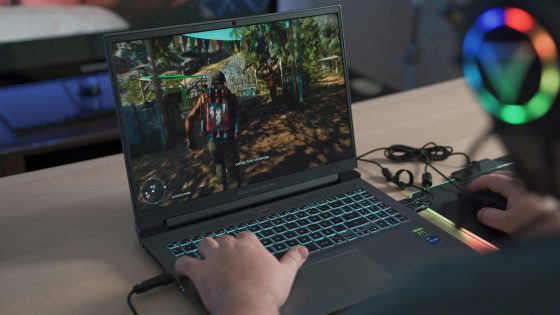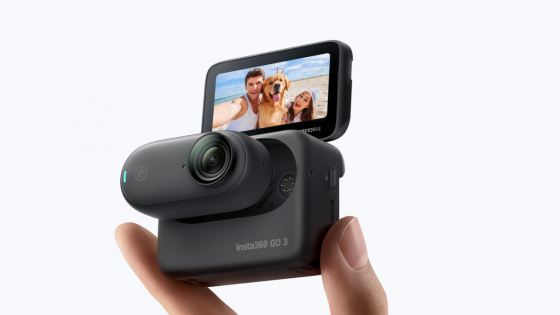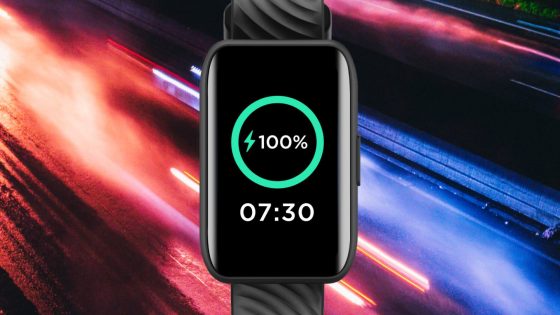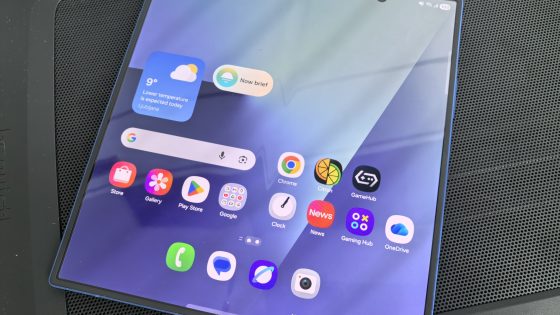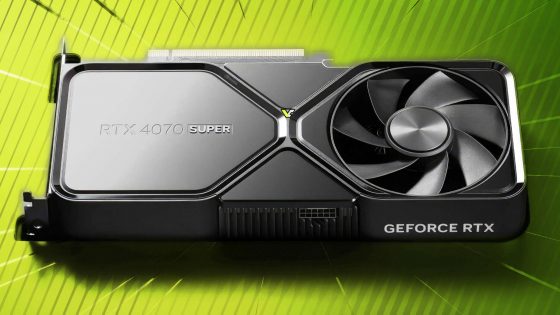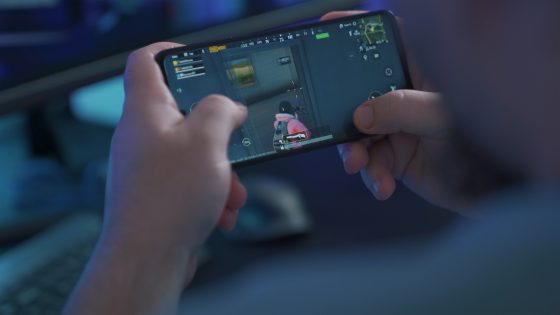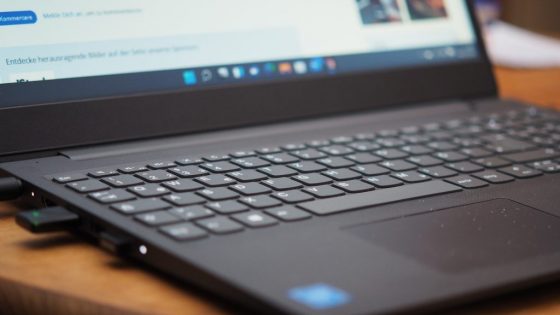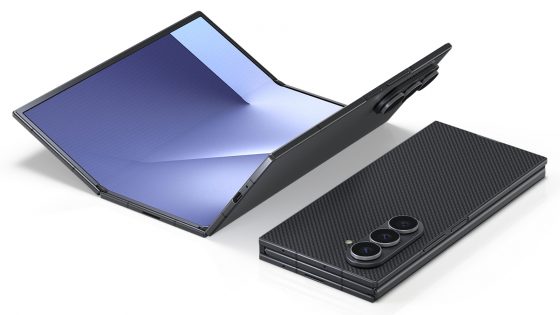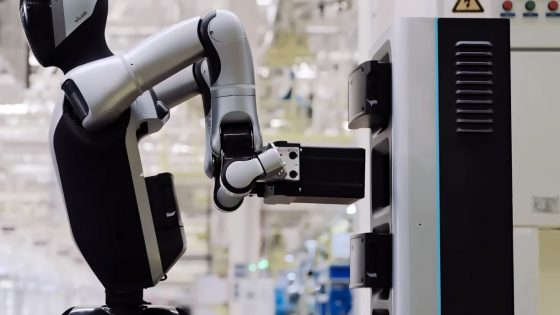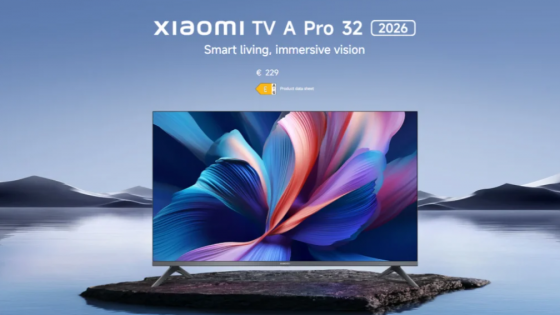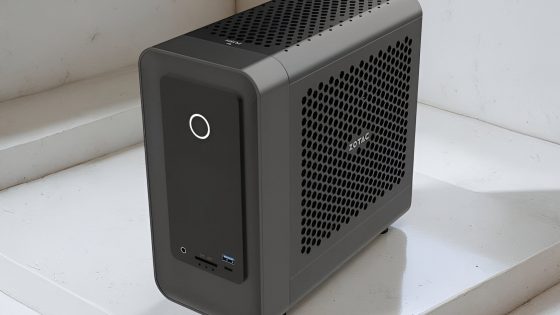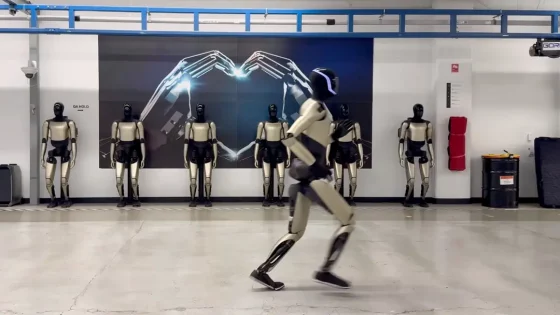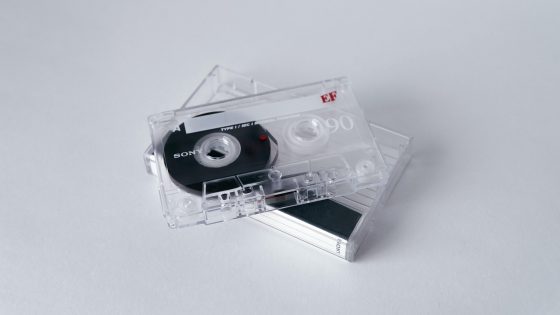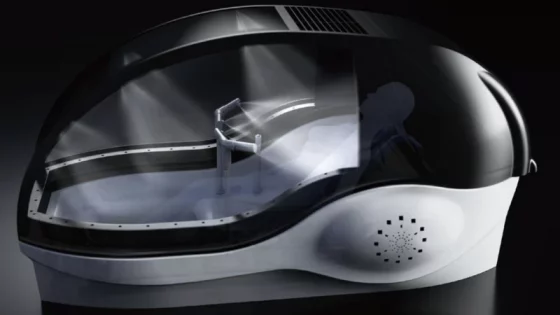Xiaomi Pad 6S Pro test - hardware perfect, defects are superficial
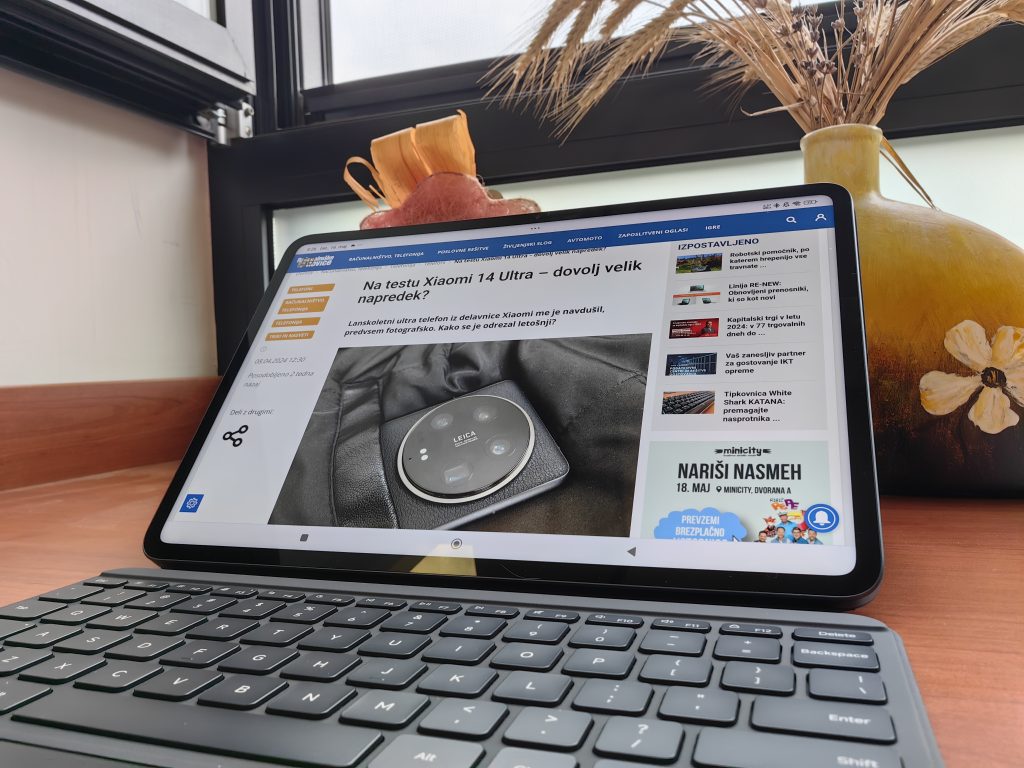
I wanted to test this with the Xiaomi Pad 6S Pro tablet. It stayed with me for just under two weeks and I tried to find all the ways I could use it and how others would use it. The first association is movies and series, maybe reading, but then somehow I ran out of ideas, or for other tasks I liked other devices better (computer or phone).
| Advantages | Weaknesses |
| Good performance | A keyboard and stylus are essential for demanding users |
| Good, fast and clear screen | Concrete weight |
| Very good battery and fast 120-W charging | "Only" LCD screen |
| A classic but stylish design | |
| Competitive price | |
| Relatively good speakers |
Xiaomi Pad 6S Pro price in Slovenia?
- Xiaomi Pad 6S Pro 8GB/256GB: €699 + free Xiaomi Buds 3 gift until 31. 5. 2024
Focus Pen is an additional €99, the same goes for keyboard.
Xiaomi Pad 6S Pro – a pleasure to use, really hard to fault
In the gray-silver combination (the other is not available), Xiaomi's latest invention just appeals to me. Unfortunately, no other color combination is available. It weighs a hefty 590 g, the keyboard adds another half a kilogram, and the stylus, which is magnetically attached to the top edge, slightly expands the dimensions. With all the accessories, I wouldn't describe it as compact, but in standalone form it is much more tolerable. It is not as thin (6.26 mm) as the latest iPad (5.3 mm), but it is undoubtedly more robust because of this, and the first drop or impact will not be fatal for it.
It measures 12.4 inches (31.49 cm) diagonally, again a fair size, especially for a tablet. When you hold it in your hands for the first time, it surprises you and you have to get used to not holding it as close to your face as, for example, your phone. Initially, the size was more of a hindrance than an advantage, although I always prefer larger screens. Later, when I started researching different uses, the size became an important advantage for me.
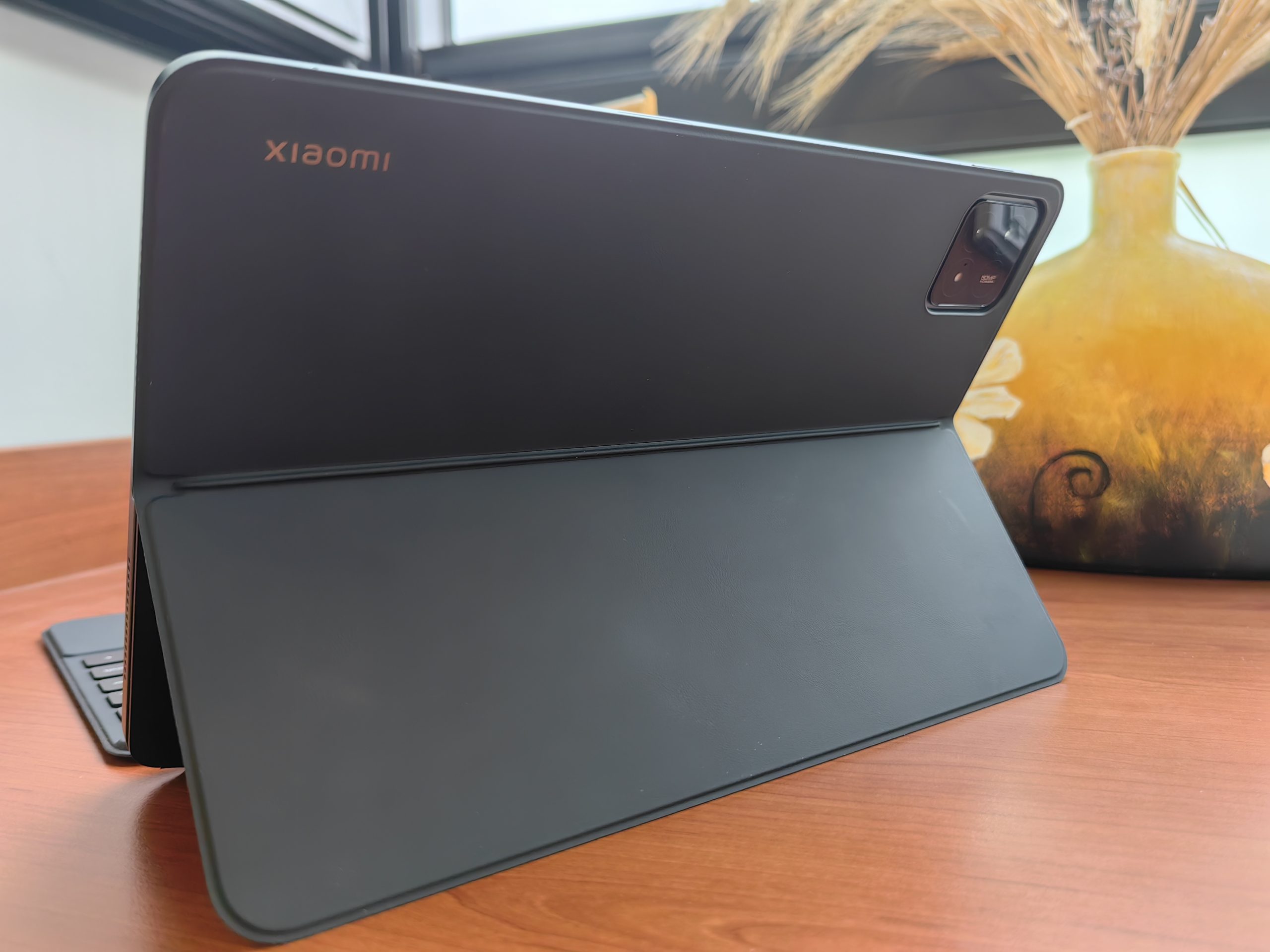
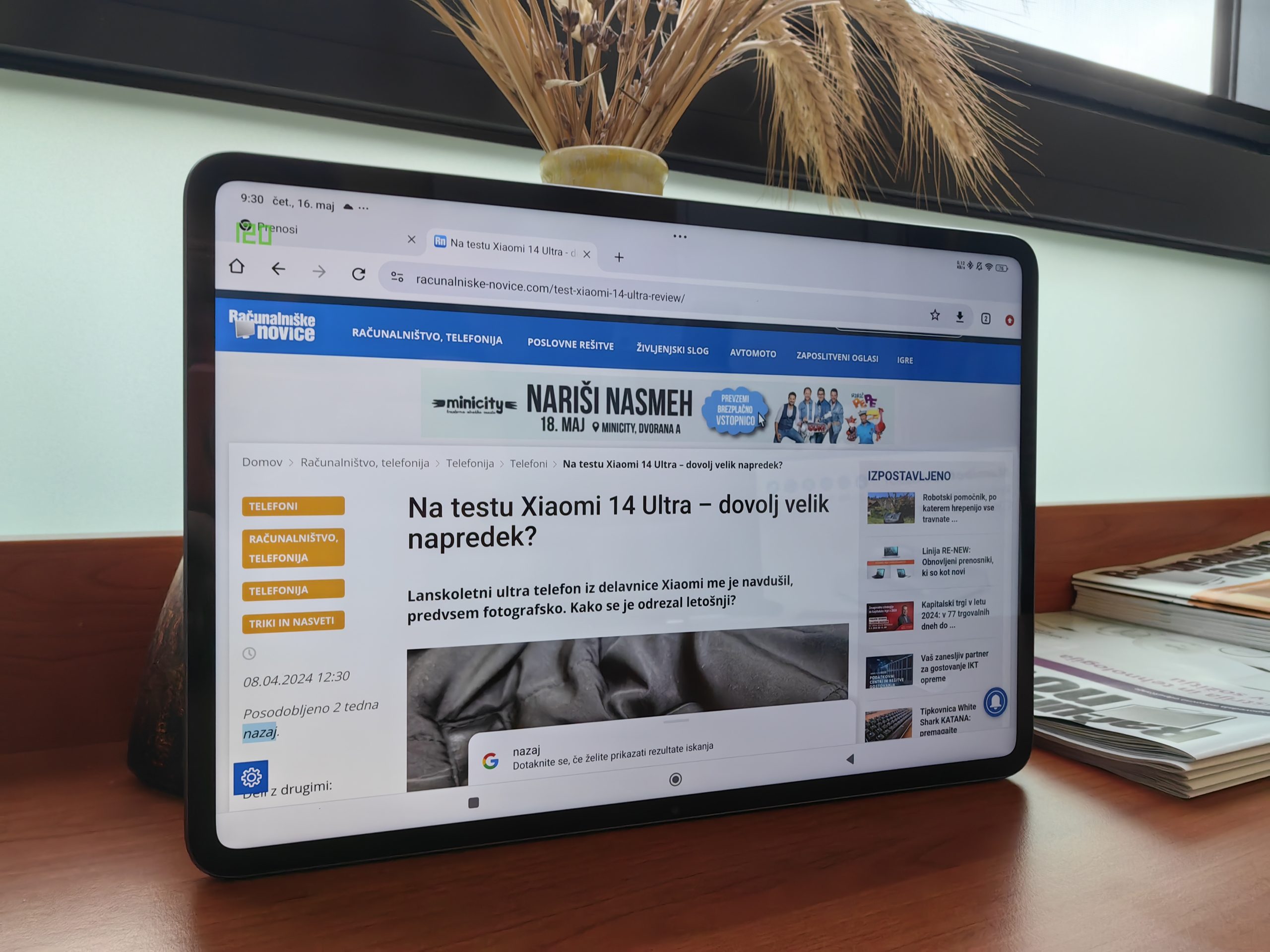
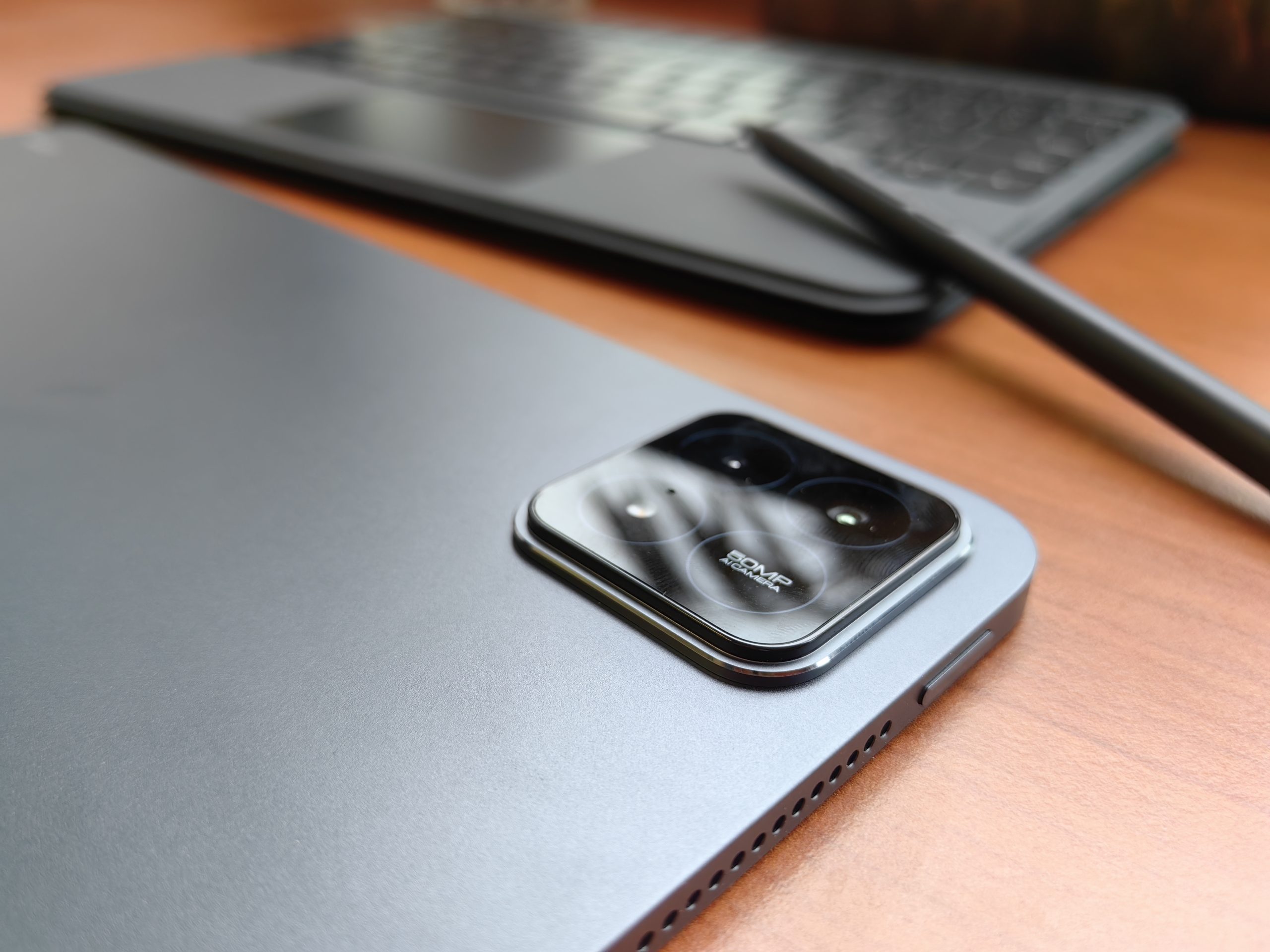
On the back, the camera array is borrowed from phones Xiaomi 14, but they didn't borrow the same quality either. The main camera (50 MP) can take surprisingly good quality photos in good light, but the quality drops indoors, and even more so at night. The front camera is good enough for the occasional selfie and much better for video calls than the average cameras we use on computers.
The only thing that bugs me about the look is the thicker black bezels around the otherwise good screen. It is true that the panel is LCD and not OLED, which means that I miss those dynamic colors and excellent contrasts, but the LCD panel is also well organized in color. The brightness (700 nits) is solid and sufficient for use in moderate or slightly more intense light. I must not forget the 144-Hz refresh rate, which makes the tablet work very smoothly and responsively.
I can also praise the speakers to some extent. There are as many as 6 installed, which are relatively loud and do not become screaming at maximum volume. Although I don't like using speakers because it disturbs others around me, and since almost any decent pair of headphones is better, I'd be happy with them when I needed them. Dolby Atmos support is also available.
You can do a lot with this hardware
I haven't seen a tablet yet with the latest Snapdragon 8 Gen 3 chip. I think OnePlus and Oppo will be the first to come out with it, but soon we can expect Samsung to upgrade its tablet family as well. Until then, the Xiaomi Pad 6S pro has the best chip available for tablets, the Snapdragon 8 Gen 2. I tested it the same way as the phones, first with "benchmarks", then with classic mobile games (Genshin Impact, Honkai: Star Rail) and then with emulators, where I was hoping that, as with flip phones, the larger screen would be a significant advantage.
He performed well in all of them as expected. For performance, I knew it was enough to run all the games listed. I tested it on the emulators playing the Switch game Mario Odyssey and Pokemon Shield, I also ran the PS2 game Dragon Quest VIII. When playing a Switch game, a lot depends on the optimization of the emulator and also on the custom drivers you have to install additionally, but since I'm already good at it, I was able to get everything out of the chip. Even more than the smooth playing of very demanding games, I was surprised by how well the tablet dissipates heat.
THE TESTS
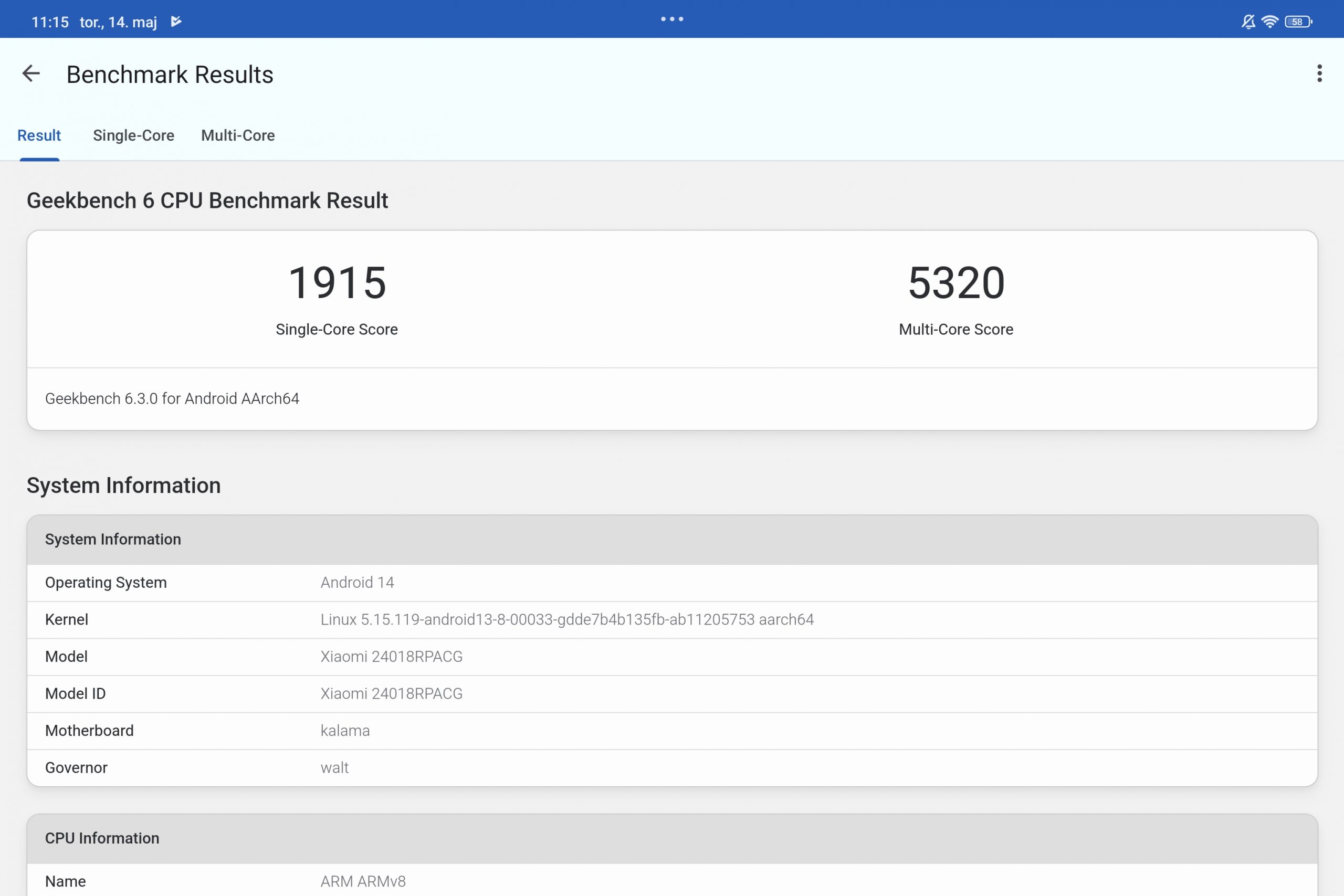
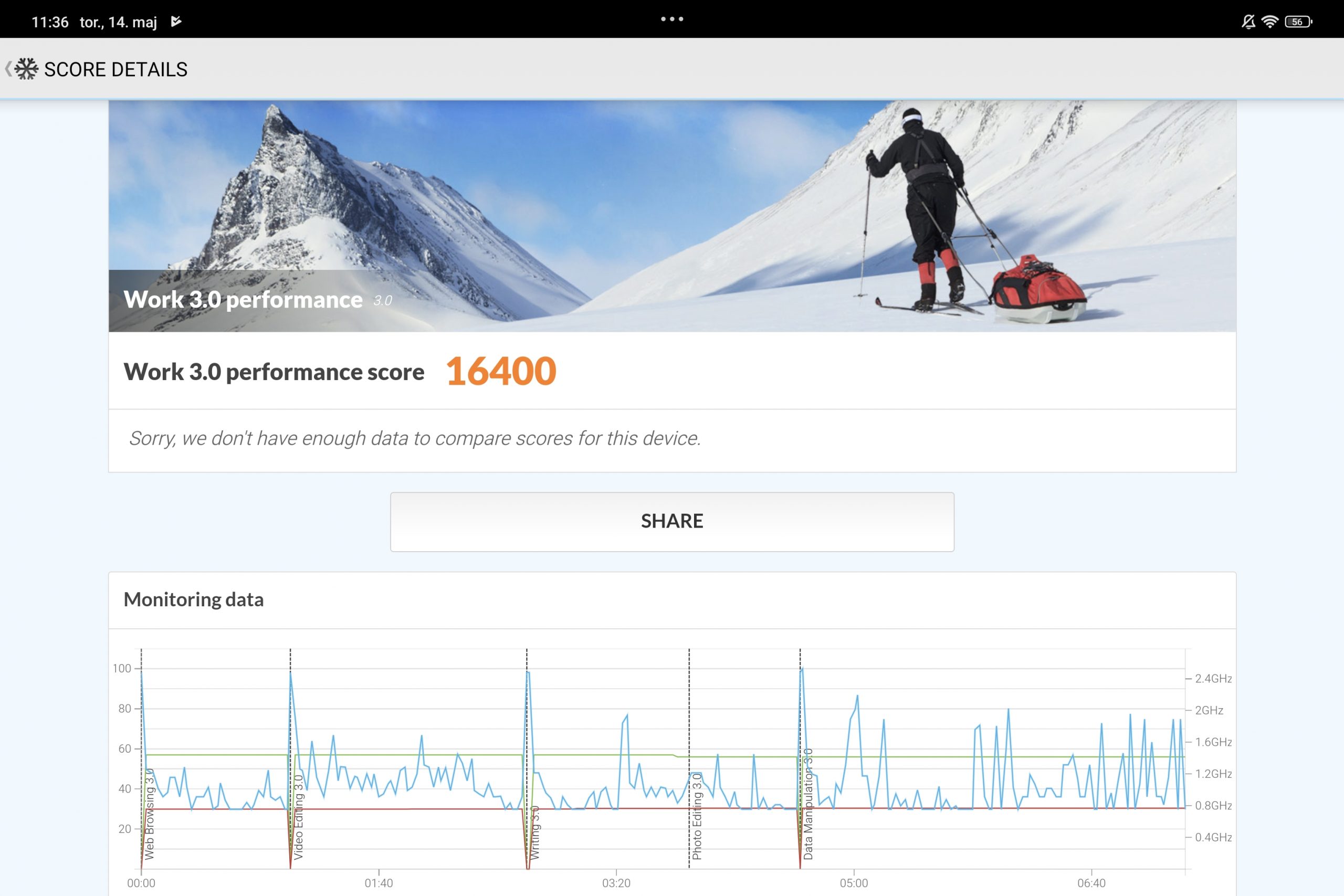

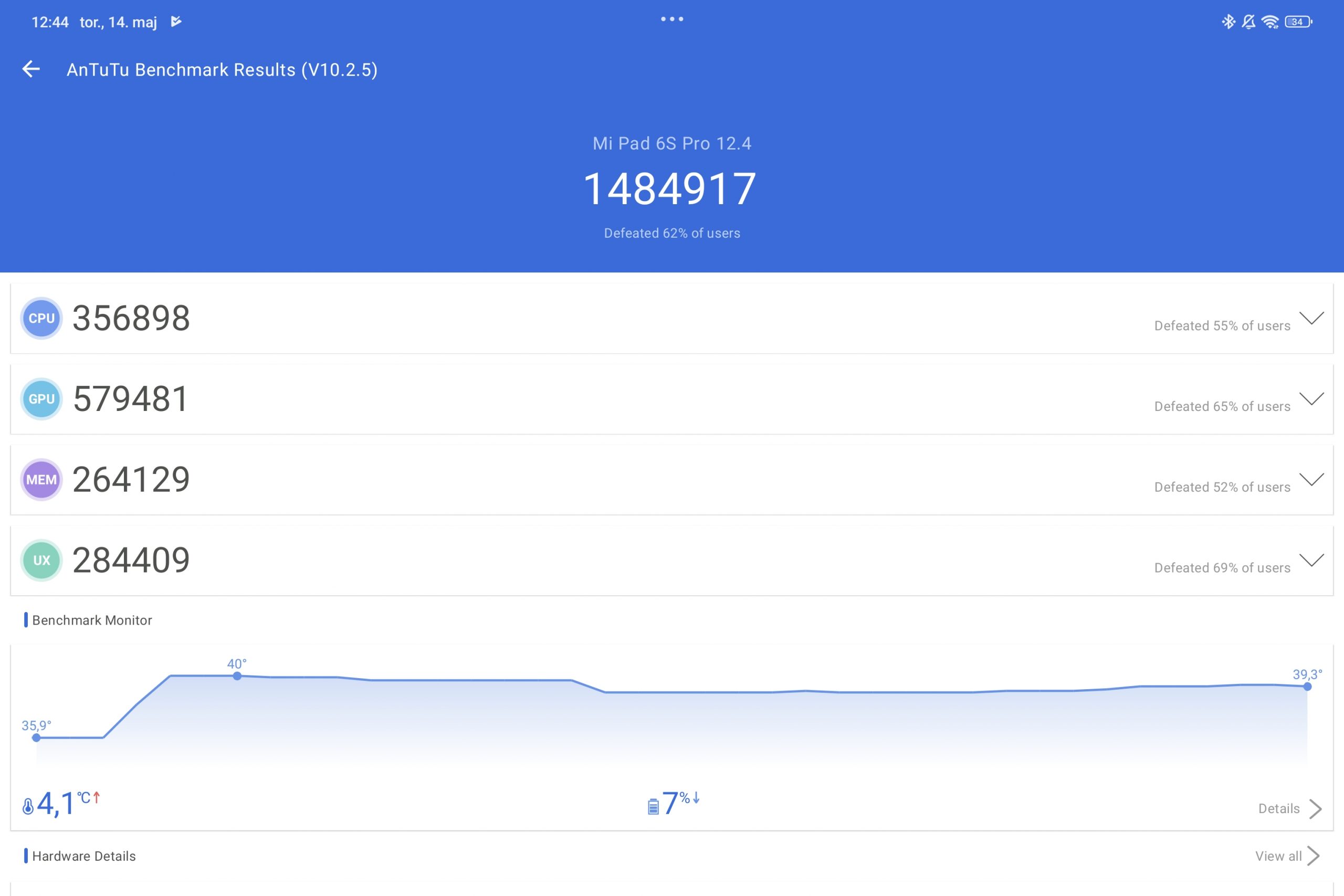

Of course, it warmed up, but not nearly as much as I'm used to. The larger size certainly helps because the heat can be lost more easily, but apparently Xiaomi has built in quite an elaborate cooling system. Even on extreme synthetic tests, performance dropped by just under 10 %, typically phones can drop by as much as 40 %.
Given that he can do all this, it's kind of clear that he won't run out of breath elsewhere either. My usual usage includes using several applications at the same time, and of course I have dozens of tabs open in Chrome. No problem for a Xiaomi tablet, but I would still like an additional model with 12 GB of RAM, more as a precaution, because applications require more resources every year.
The larger screen was mostly in my way when playing games. For more serious games, the touch screen is already awkward to use, and at 12 inches, operating the buttons on the screen is even more unpleasant. I have a controller, but it's for phones, so it didn't help me. If I had one that connects via Bluetooth, I might change my mind. Even almost 600 grams is not negligible during prolonged playing. If you're playing a game like this where you can't put the tablet on a flat surface, it's hard to play for more than 30 minutes.
As for space, I would also like to have 512 GB available, but I would also find myself with "only" 256 GB. The drive is UFS 4.0 standard, which means the fastest read and write speeds available.
The battery (10,000 mAh) is also above average. With moderate use, it lasted me until the end of the day without any problems. When she ran out of power, thanks to the 120-W charging, I was able to fill her tank in just over half an hour.
Mechanically, it is really perfect and I really can't fault it.
What was I even using it for?
I already mentioned the games. I surfed the web with her the most, lingering on YouTube and Reddit, many times both at the same time. The 12-inch screen was very welcome in this case. I put YouTube on the left side of the screen, Reddit or some comic/manga on the right and enjoyed two of my favorite things. It is precisely this ability to multitask that is very convenient. Yes, not all apps are tablet-friendly, but even when they aren't, it's not overly unpleasant to use.
I can praise how Xiaomi imagined the workspace. You can have the classic tablet view, which is basically just a larger view than we're used to on phones, and there's also a workstation layout that's a good approximation of what we're used to on computers. In this view, there is a toolbar at the bottom (similar to Windows 11) with default applications (browser, messages, camera...) and the ones we used last.
In addition to being able to freely arrange applications on the screen, there are also classic floating windows and faster access with side menus.
The tablet was just to my taste even when reading books, comics... Although e-books initially work a bit stretched across the screen, you get used to the layout and it's more important for you to see more content on a larger screen. I would still prefer an e-reader for reading, or even better a flip phone, because then I have everything in one device.
Then I connected the keyboard and also started using the Focus Pen. This brings the tablet close to the €1,000 mark, which is a really fair price, although there are also some that easily rise above a thousand.
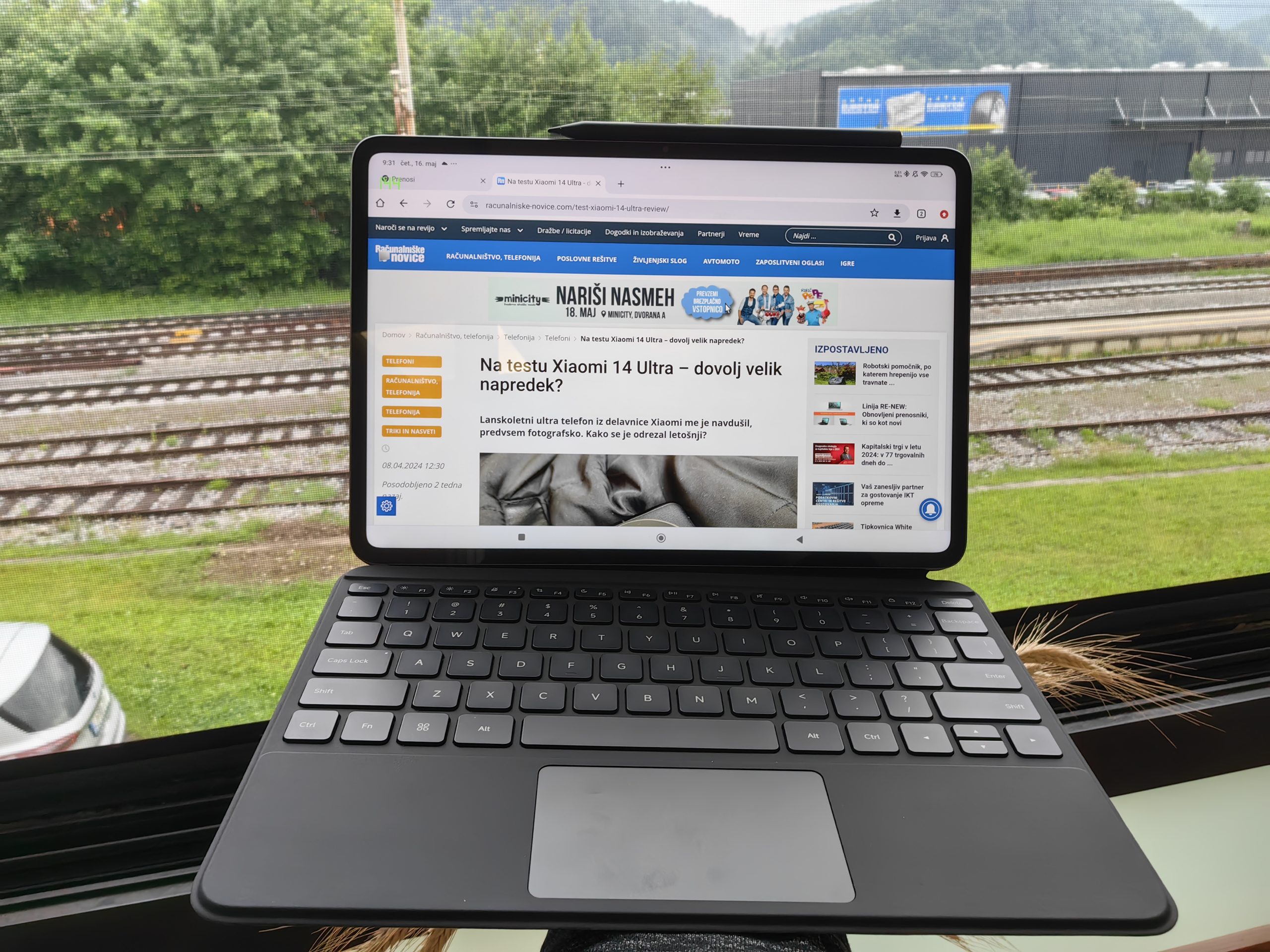
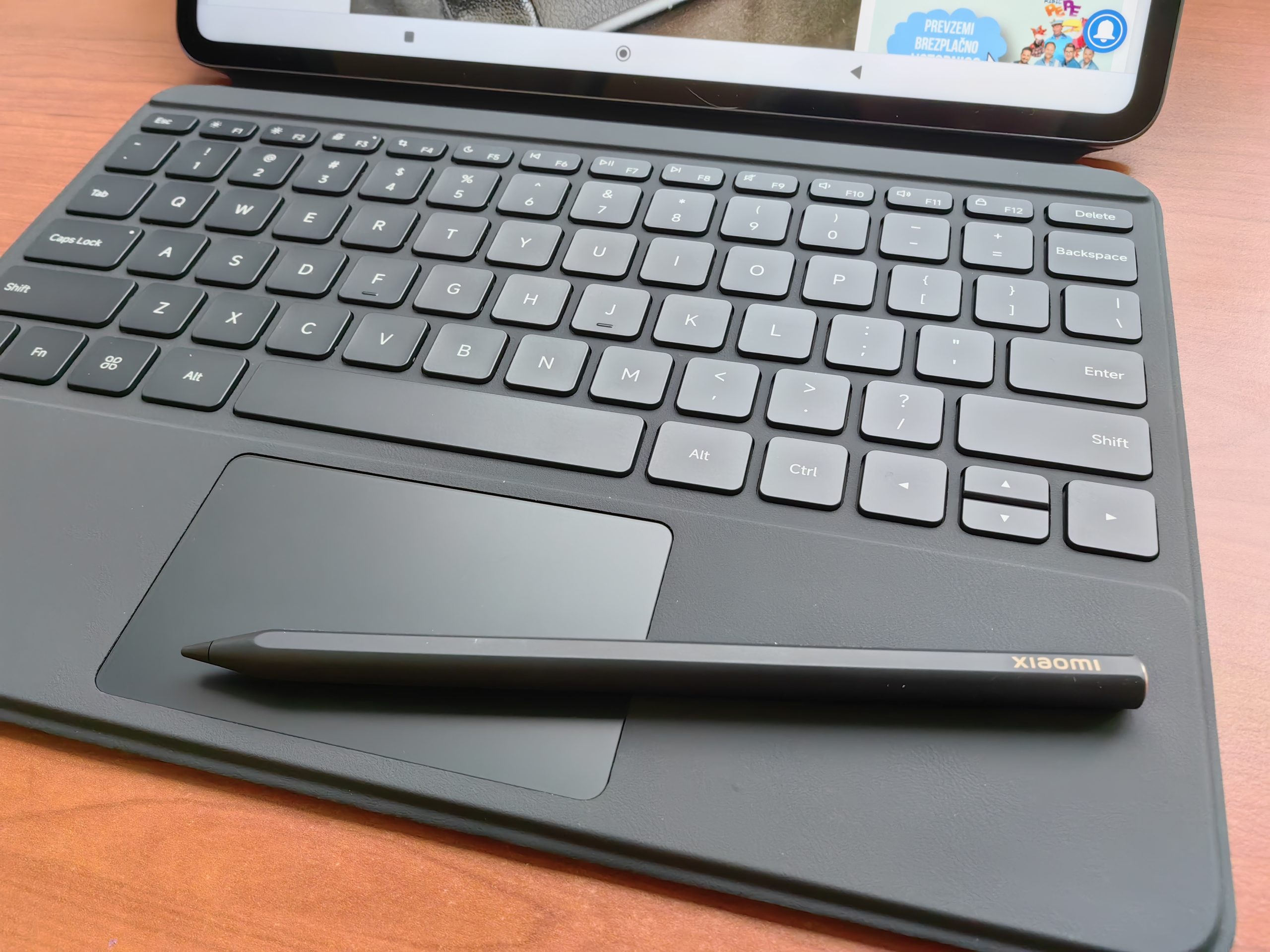
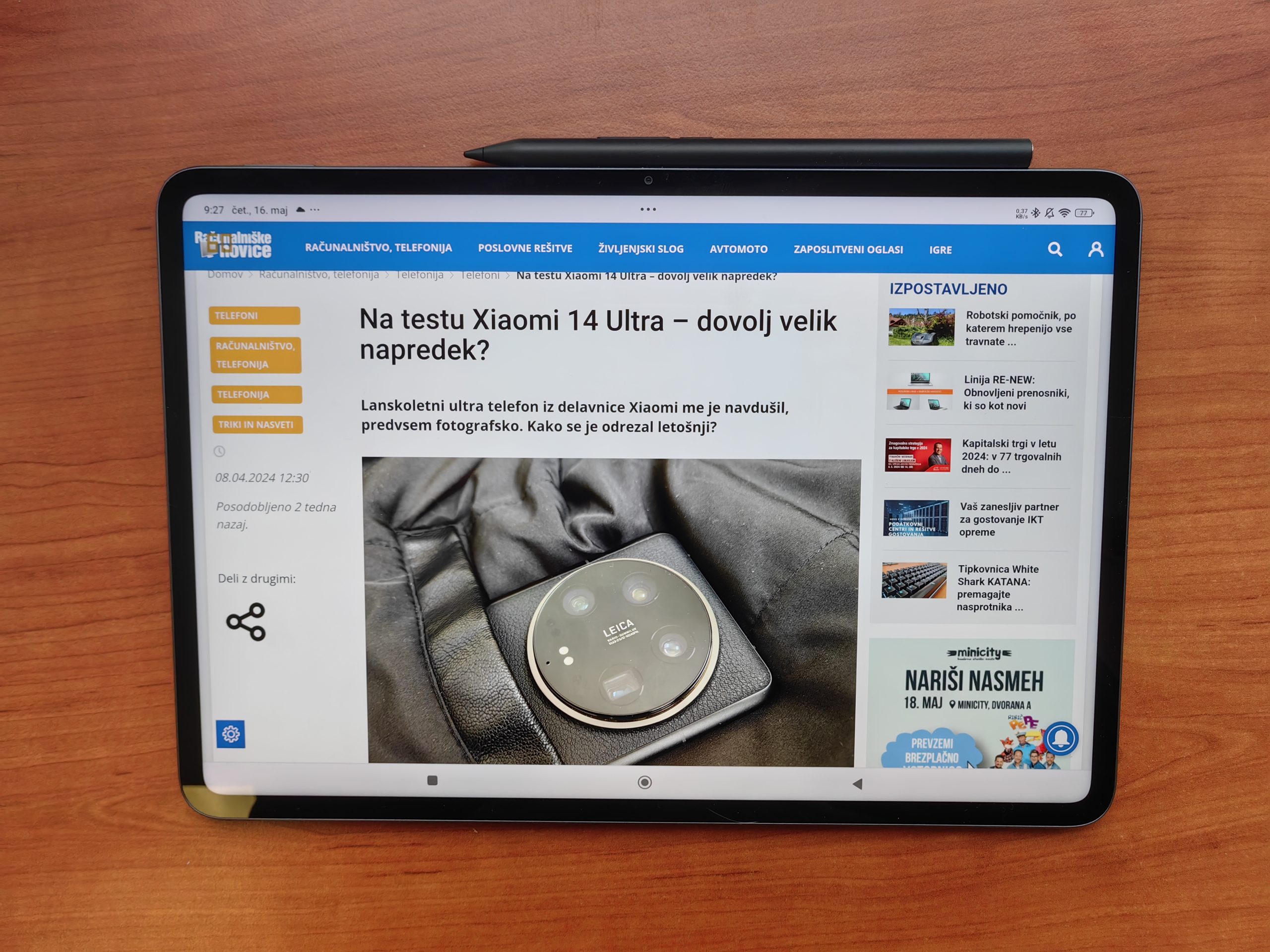
With the keyboard, the feel is understandably more computer-like. The user experience is not as refined, but many tasks are still faster, for example writing articles, notes, even searching the web is much faster. A touch pad is also built in, which is compact and quite responsive. The keyboard is attached with a magnet, and at the same time it also acts as a protective cover. I used it to play Genshin Impact for a short while and it didn't convince me. Not because it wouldn't work, but because I didn't see the experience being appreciably different.
The pen connects via Bluetooth, and it can be stored on top of the tablet with a magnet. It is not the most convenient storage, because you can lose it very quickly while wearing it. The pen is not light, at least compared to others, which I also like, because the feeling is more tactile, at least for me. You can only use the Xiaomi pen, others do not work or have limited functionality.
There are three buttons on the pen to quickly launch the Mi Canvas application, to capture a screenshot, and the last button (Spotlight) has several functions:
- With a longer press, a red dot appears on the screen, which can be used for presentation purposes. I couldn't find any ideas for anything else.
- With a single click, we can mark the content.
- Or it could be a remote trigger for the camera, like in Galaxy S24 Ultra.
It works well as a regular pen. It has a 240-Hz sampling rate, more than 8192 levels of sensitivity, low latency (3ms) and the ability to activate instantly, meaning that even the slightest pressure is registered on the screen. If you like to create, this purchase is a must and an added value. Since I don't have an artistic streak, I tapped the screen more with the stylus, testing responsiveness and using it to browse instead of my finger and touchpad.
If I draw a line…
... it's a purchase I can recommend, although at least in my household it would be sitting in a corner most of the time. That being said, it's technically perfect, it can do everything that the best tablets on the market can do. It is attractive, although not very compact. The accessories are more or less necessary if you want to use the full potential of the tablet, which is also my biggest concern.
My problem is that everything my tablet can do, my phone and computer can also do. I don't need another additional device, just because I could enjoy it more while reading or watching YouTube. It really depends on how badly you need a tablet, given that you definitely have at least one computer and phone in your household.
And this, in my opinion, is also the fault of all tablets. They are competing with two categories of devices, and it is becoming increasingly difficult to convince users that tablets are a better buy than computers and phones.



